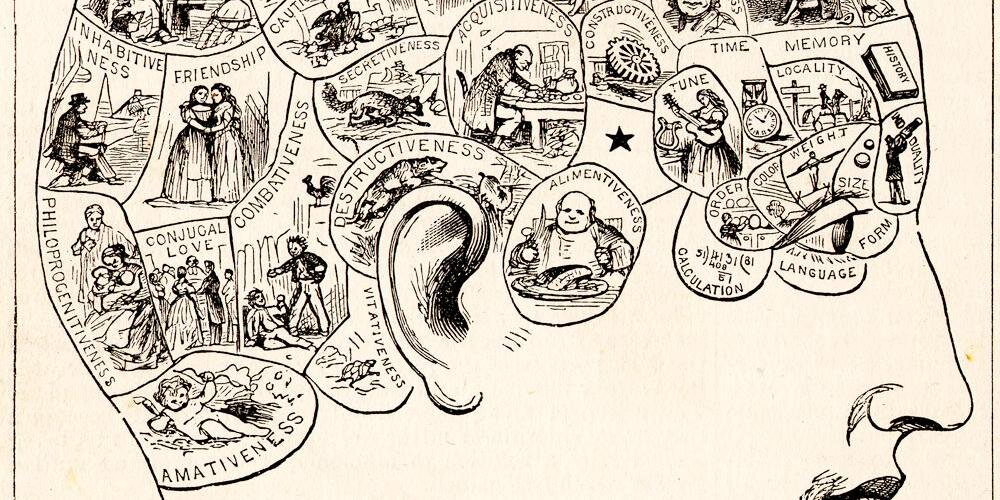
Alexander Huth
@alex_ander
Interested in how & what the brain computes. Professor of Stats & Neuro UC Berkeley. Married to the incredible @Libertysays. he/him
1/n🤖🧠 New paper alert!📢 In "Assessing Episodic Memory in LLMs with Sequence Order Recall Tasks" (arxiv.org/abs/2410.08133) we introduce SORT as the first method to evaluate episodic memory in large language models. Read on to find out what we discovered!🧵
I'm not at neurips this year, but @csinva @NeuroRJ & co are presenting work on how you can just ask LLMs questions about pieces of text, and then use the answers as embeddings. This works well and is very interpretable! Poster #3801 from 11-2 today x.com/csinva/status/…
LLM embeddings are opaque, hurting them in contexts where we really want to understand what’s in them (like neuroscience) Our new work asks whether we can craft *interpretable embeddings* just by asking yes/no questions to black-box LLMs. 🧵 arxiv.org/abs/2405.16714
TFW the precision scan goes tooooo long #HappyHalloween
In this TINS review we (w/@cvnlab, @elimerriam, & @eline_kupers) argue that *intensive* (many hours of data) fMRI of single individuals for single-voxel model fitting is a paradigm shift for cognitive/computational neuroimaging. tinyurl.com/intensivefmri 1/2
If you're over 60, don't shovel snow
Save a life in one tweet
Brain activity is useful for improving language models! We show that even small amounts of brain activity recorded while people listen to engaging stories (less than 0.7% of pretraining data) substantially improve speech LM understanding, when incorporated as a training signal.
We are so excited to share the first work that demonstrates consistent downstream improvements for language tasks after fine-tuning with brain data!! Improving semantic understanding in speech language models via brain-tuning arxiv.org/abs/2410.09230 W/ @dklakow, @mtoneva1
This nicely summarizes some misconceptions in the recent position paper about measures of brain-model comparison. One additional point: While I agree with the idea in the original paper that we shouldn't *just* focus on regression, many other measures have been proposed! 1/4
1/6 I usually don’t comment on these things, but @RylanSchaeffer et al.'s paper contains enough misconceptions that I thought it might be useful to address them. In short, effective dimensionality is not the whole story for model-brain linear regression, for several reasons:…
1/6 I usually don’t comment on these things, but @RylanSchaeffer et al.'s paper contains enough misconceptions that I thought it might be useful to address them. In short, effective dimensionality is not the whole story for model-brain linear regression, for several reasons:…
My 2nd to last #neuroscience paper will appear @unireps !! 🧠🧠 Maximizing Neural Regression Scores May Not Identify Good Models of the Brain 🧠🧠 w/ @KhonaMikail @neurostrow @BrandoHablando @sanmikoyejo Answering a puzzle 2 years in the making openreview.net/forum?id=vbtj0… 1/12
I designed a webapp to tinker with the hyperparameters of UMAP as I will participate in a podcast on it today. It is super simple. Maybe someone finds it useful for intuition building: koerding.github.io/umap-web-app/
My 2nd to last #neuroscience paper will appear @unireps !! 🧠🧠 Maximizing Neural Regression Scores May Not Identify Good Models of the Brain 🧠🧠 w/ @KhonaMikail @neurostrow @BrandoHablando @sanmikoyejo Answering a puzzle 2 years in the making openreview.net/forum?id=vbtj0… 1/12
🧠 Stop by poster #z11 and learn more about work by PhD student Suna Guo in collaboration with @furranko and @alex_ander @HuthLab @ut_neuroscience #whitematter #sematics #dwi #sfn2024
🚨 Thrilled to announce that our paper "Language models and brains align due to more than next-word prediction and word-level information" has been accepted at #EMNLP2024! 🧠🤖 Work done in collaboration with @mtoneva1. Curious about why brain and GPT-2 models align? Read on👇
Come see my poster on the information theory behind brain-to-text decoding, today at #SfN24 from 1 to 5PM at Poster O15. And also be sure to check out our work on explaining and driving the activity of individual cortical voxels by using LLMs, at poster O16, right next door!
